Waldorf education was founded in Germany in 1919 by Rudolf Steiner, an Austrian philosopher and educator. Its primary philosophy seeks to resolve the following questions:
“How can education best serve our total human needs?”
“How can education prepare each child to flourish in society, not only intellectually, but with his creative human qualities developed and his integrity intact?”
Waldorf educators believe strongly that the education of the future must have four dimensions: academic, practical, aesthetic, and ethical. In particular, they believe in the universality of ethical education. By encouraging the development of a child’s inherent morality and sense of beauty, the child becomes enthused and motivated to master his/her world.
Waldorf education is a preparation for both post-secondary education and for life. Waldorf schools attempt to bring a balance between the perceived permissiveness of late twentieth century schools and the over-disciplined, overly structured schools of the preceding era. This balance provides for freedom and creativity, guidance for growth, and discipline of the will and mind – in short, the education of the total child.
Waldorf schools around the world are celebrating 100 years of education in 2019.
Principles
In order to achieve this ideal, the following principles are implemented:
- a broad curriculum balancing the sciences, arts, and humanities.
- a progression of learning based on the synergy of the child’s physical and inner development as put forth by Dr. Rudolf Steiner.
- an emphasis on personal development and the integration of knowledge from the student’s own life.
- a school day structured around the ‘main lesson’ – a concentrated daily two-hour session in which one subject is explored for three or more weeks, followed by lessons devoted to two foreign languages, language arts, mathematics, social studies, science, physical activities, and artistic pursuits.
- a single teacher remaining with a class for a period of eight years.
- an emphasis upon Eurythmy – a rhythmical art of movement enhancing the experience of movement in space and the experience of knowledge in the mind.
Curriculum
The Waldorf curriculum is designed to be responsive to the various phases of a child’s development and is interpreted flexibly in accordance with the school’s cultural setting and local practices. The main subjects, such as history, language arts, science, and mathematics are taught in Main Lesson blocks of two to three hours per day, with each block lasting from three to five weeks.
The following is a typical curriculum for Grades 1–9:
Grades 1–3:
- Pictorial introduction to the alphabet, writing, reading, spelling, poetry, and drama.
- Folk and fairy tales, fables, and saint legends.
- Numbers, basic mathematical processes of addition, subtraction, multiplication, and division.
- Nature stories, house building, and gardening.
Grades 4–6:
- Writing, reading, spelling, grammar, poetry, and drama.
- Norse myths, Greek and Roman history, and stories of ancient civilizations.
- Review of the four mathematical processes, fractions, percentages, and geometry.
- Local and world geography, comparative zoology, botany, and elementary physics.
Grades 7–9:
- Creative writing, reading, spelling, grammar, poetry, and drama.
- Medieval history, Renaissance, world exploration, Canadian history, and biographies.
- Fluidity of the four mathematical process, fractions, geometry, and algebra.
- Geography, physics, basic chemistry, astronomy, geology, and physiology.
Special subjects also taught include:
- Handwork: knitting, crochet, sewing, cross stitch, basic weaving, toy making, and woodworking.
- Music: singing, pentatonic flute, and recorder.
- Foreign Languages: French and German.
- Art: wet-on-wet watercolour painting, form drawing, beeswax and clay modelling, and perspective drawing.
- Movement: eurythmy, gymnastics, and group games.








